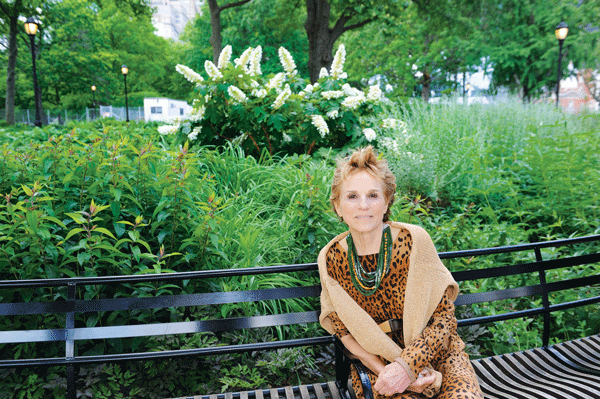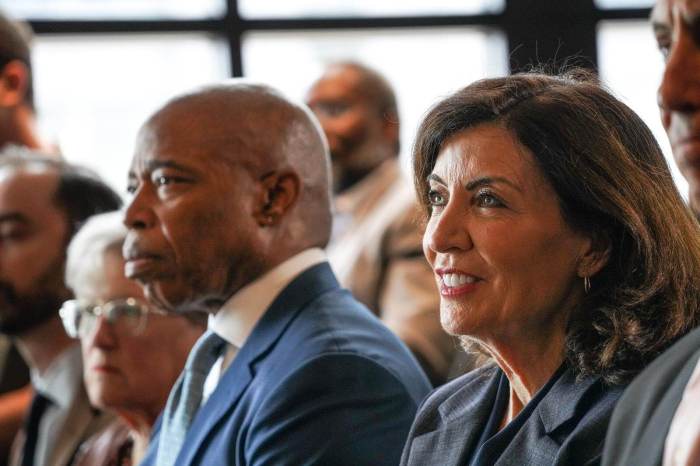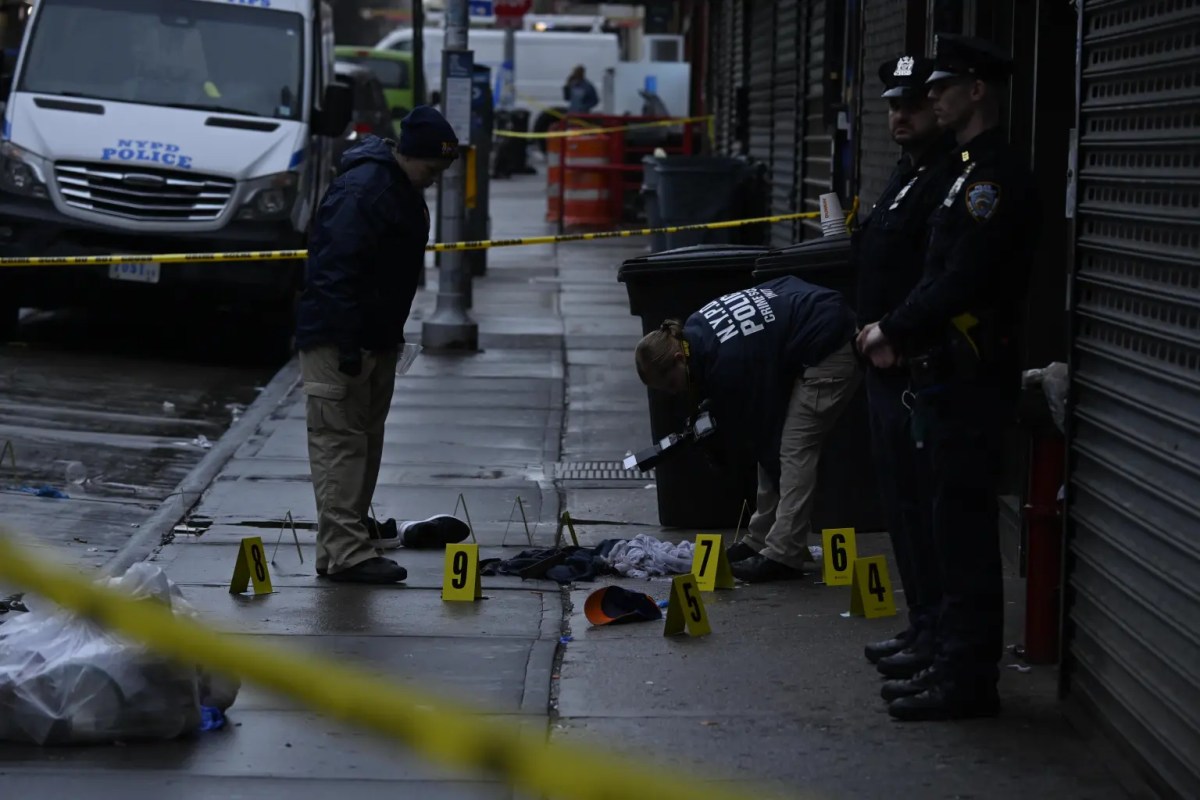
BY TERESE LOEB KREUZER | Boston had its big dig a few years back; this summer, Battery Park is having one of its own.
Almost a third of the 25-acre park will be a construction site for the next 18 months: In July, fences will go up around the town green, where Fritz Koenig’s sphere sculpture now resides. Sections of the park’s seven-acre woodland will also be cordoned off in preparation for a new bikeway that will connect State Street on the east side with Battery Place on the north and west sides. The Sea Glass carousel near the park’s southern edge is already under construction.
At the same time, the park will be buzzing with other activity, according to Warrie Price, president of the Battery Conservancy, a nonprofit she founded in 1994 to improve and rebuild one of New York City’s oldest and most historic public spaces.
“We have 10,000 to 15,000 people a day who use the park,” she said, “so it will always be open to the public.”
In addition to those who linger in the park, thousands of people walk through the park every day on their way to Ellis Island and the Statue of Liberty or the Staten Island and Governors Island ferries. Price estimates that Battery Park gets six million visitors a year.
As for the various projects in the park, the carousel, Price said, is at the top of the Conservancy’s list: it’s already halfway done and will open next spring. The merry-go-round, equipped with panels that transition in color from clear to cobalt blue, is meant to simulate a trip under the sea.
Price said that the 30 large Fiberglas fish on which carousel patrons will ride will be “marching down from Canada” starting next fall. The figures were designed by the George Tsypin Opera Factory and are being manufactured in Montreal by Show Canada, who has produced equipment for clients such as the Olympics and Cirque du Soleil.
Already open and “flourishing beyond our expectations,” in Price’s words, the Battery Urban Farm on the east side of Battery Park saw a 100 percent increase in enrollment this spring, with 1,500 students currently using it.
“Downtown residents have been signing up for our summer seedlings program,” she said, “which is like a mini-day camp for a child and an [accompanying] caregiver to plant and work on the farm.”
The gardeners, who attend Downtown schools and otherwise live in Lower Manhattan, are planting and harvesting radishes, lettuce and many other vegetables. Two of the schools — the Spruce Street School and P.S. 3 — have been supplying their school cafeterias with produce from the farm.
The one-acre farm was originally conceived as a temporary installation, but public demand is compelling the Conservancy to keep the program going. “The farm is returning and is staying as long as the Battery Conservancy is able to fund it,” said Price.
The Conservancy received a one-time, $50,000 grant from the Agnes Gund Foundation this year to help defray the costs of the farm’s upkeep, which costs $150,000 a year for labor and materials.
Price said she conceived of the Conservancy as a force that could bring innovative design to Battery Park. Two projects on her current list fit right in with that mission: an outdoor chair competition and the Frank Gehry playground.
The chair project entails making 300 portable seats available by 2014, when the three-acre Battery Green opens. Computer chips will be embedded in the base of the chairs so that Conservancy staff may track them down individually within a five-mile radius of the park in the event of attempted theft. Price said the money to manufacture the seats will come from private gifts.
The submission period for designs starts on July 31 and closes at the end of October. A jury consisting of designers, a museum curator and a design writer will pick the top 50 designs and select five finalists, whose work will go into prototype design next January. The winner will receive a $25,000 prize.
The Battery Conservancy’s other major design project is the Frank Gehry playground at the southern end of the park. Price said that the Conservancy is evaluating Gehry’s latest design to make sure that it complies with building codes and stays within a reasonable budget.
After that, she said, the design will undergo public review and eventually require approval from the city Department of Parks and Recreation and Public Design Commission.
“From there, we create construction drawings and put it out to bid,” said Price — a process that should take a year-and-a-half.
Price would not discuss the details of the playground’s design except to note that it would have slides. “We know that Teardrop Park [in Battery Park City] is so loved,” she mused. “Our park will have 14-foot and 15-foot slides, but our slides will be six feet wide, so the whole family can go down at once!”

















